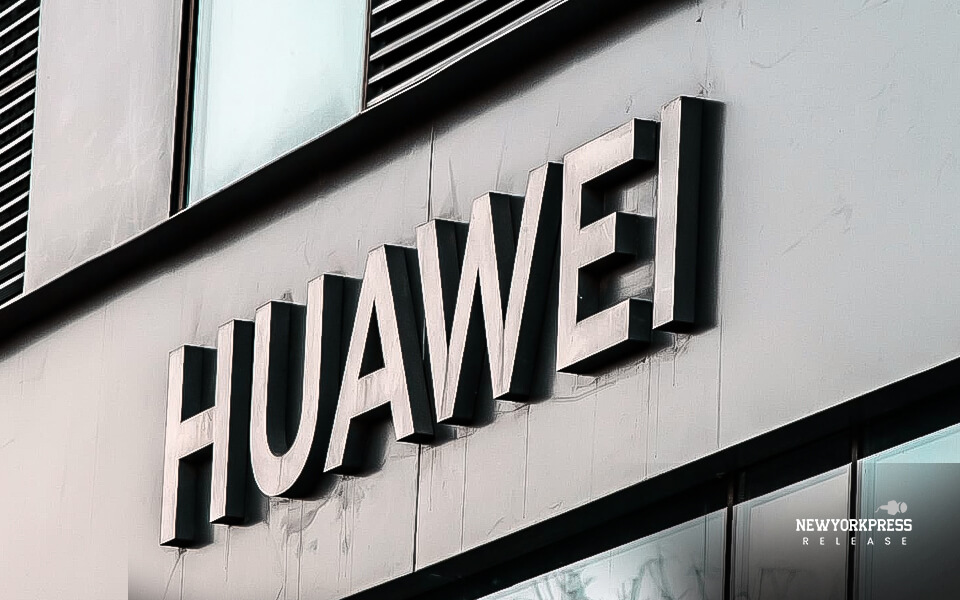Chinese telecommunications giant Huawei is gravitating towards patents for a lifeline as the company looks to forge a path forward in advanced chip technology—the treasured tech that the U.S. is working towards cutting off from China.
Huawei stated that it had signed more than 20 new or extended licensing agreements for its patents in 2022. According to the company, the majority of them were with automakers for 4G and LTE wireless technology.
Huawei’s global intellectual property head Alan Fan said Mercedes Benz, Audi, BMW, and at least one U.S. automaker were among the licensees. He said he couldn’t say which American company it was.
According to IFI Claims Patent Services, Huawei has more on the way—and filed a record number of more than 11,000 patent applications with the U.S. in the last year. Their studies showed that just under half usually gets approved every year.
According to IFI, Huawei ranked fourth in the United States in terms of patent grants last year due to the large number of patents filed. The first was Samsung, accompanied by IBM and TSMC.
IFI Chief Executive Mike Baycroft stated, “The U.S. is still a substantial market that everybody wants to have a part of. They want to make sure when they’re developing those technologies that they’re protecting those IP [intellectual property] rights for the U.S. market for the European market.”
According to IFI, Huawei’s U.S. patents have surged the most in areas related to image compression, digital information transmission, and wireless communication networks over the past two years.
Huawei was blacklisted by the U.S. government in 2018 and limited its ability to purchase from American suppliers. By October 2022, the United States had made it explicit that no Americans would team up with Chinese companies on high-end semiconductor technology.
The potential of patents
Huawei’s revenue dipped for the first time on record in 2021, and the consumer division that includes smartphones reported sales plunged close to 50% to 243.4 billion yuan ($36.08 billion).
Licensing Huawei’s patents to other businesses has the ability to recoup some of that revenue.
A partner at Anjie & Broad in Beijing, Per Alex Liang, discontinuing operations in only specific business areas enabled the firm to recognize patent income that was traditionally only on paper.
“Huawei’s situation is similar to Nokia’s when the first generation iPhone came out,” Liang said. “Nokia was quickly losing market share to Apple, and lots of their patents no longer [had] to be licensed in exchange for other licenses to protect their phone business.”
Nokia created 1.59 billion euros ($1.73 billion) in sales from patent licensing last year, or about 6% of its total revenue. As mentioned by the firm, it signed up for “over 50 new patent license agreements across our smartphone, automotive, consumer electronics, and IoT [Internet of Things] licensing programs” in 2022.
Nokia and Huawei increased their patent licensing agreement in December. Huawei also declared its licensing deals with South Korea’s Samsung and China’s Oppo.
“As far as I know, Huawei is aggressively pushing for the monetization of its patents,” Liang stated.
“It is one of the most important [key performance indicators] of their IP department, if not yet the most important,” he commented.
“So any other companies that share technical areas with Huawei — such as telecommunication, phones, IoT, automobiles, PCs, cloud services, and so on — should all beware that a giant patent monetization player is jumping into their respective pools and will make a splash.”
Huawei rebuffed the notion that it was establishing a patent monetization business.
The company’s IP head Fan, claimed his department is “a corporate function, not a business unit,” and that it shifts royalties to the research departments that filed the patents to fund further research.
“We actively support patent pools and similar platforms, which license patent not just for us, but also for other innovators at the same time,” a Fan mentioned in a statement.
The company previously said it predicted $1.2 billion to $1.3 billion between 2019 and 2021 in revenue from licensing its intellectual property. Huawei did not clear up specific figures and only said it met its intellectual property revenue assumptions for 2021.
A business of that size would still be a miniscule of the company’s total revenue. Huawei said in December it contemplates 2022 revenue of 636.9 billion yuan, little changed from the previous year. Other business areas that the company has attempted to expand include cloud computing and connected vehicles.
Huawei has “been floundering around since the demise of their handset business,” remarked Senior Vice President for China and Technology Policy Lead at Albright Stonebridge Group, Paul Triolo. “I don’t think they had a choice in terms of boosting their licensing revenue.”
“The question is what do they do for 6G [in] five years?” he said. “Are they still going to play a patent game? They can’t really manufacture the equipment. They’re sort of stuck if they can’t figure out the semiconductor piece in terms of going forward.”
Still, Huawei said it used up 22.4% of 2021 revenue on research and development, bringing the total category splurged more than $120 billion over the last decade.
Progress in chip tech?
A part of the research is in semiconductor manufacturing. According to a disclosure late in 2022 on the China Intellectual Property Administration website, Huawei has filed for a patent in the highly specialized area of lithography technology used for making advanced chips.
“It’s significant in the sense that each individual piece of a complicated technology like EUV [extreme ultraviolet] is not that difficult to sort of make progress on,” Triolo commented. “Turning that into a commercial system at scale that can boost commercially is a huge, huge task.”
Right now, Netherlands-based ASML is the only company in the world that can design the extreme ultraviolet lithography machines required to create advanced chips.
Not only did it take ASML about 30 years to design EUV on its own, but the company had the advantage of unrestricted access to thousands of suppliers and international industry groups, Triolo said. “What China really lacks is these international consortia.”
However, he did not eliminate the possibility that China’s national champion could assist Beijing in developing its semiconductor industry.
“Huawei has a very capable group of engineers,” Triolo stated. It’s “probably a five-to-seven year process to build something commercially viable — only if everything goes well, if there’s substantial funding. The Chinese government is going to have to step up here.”
Other Chinese companies are also investing heavily into intellectual property.
According to IFI’s rankings of companies’ and their subsidiaries’ global patent holdings, a number of Chinese giants, including the state research organization Chinese Academy of Sciences, are among the top 15.
According to the data, the appliance companies Midea and Gree also rated high worldwide, among South Korean and Japanese heavyweights.
“The rise in Chinese innovation has been in plain sight for a long time,” said IFI CEO Baycroft. “Why shouldn’t we expect that China is innovating today like everybody else? Like Japan, like Germany, everybody’s in this game. It’s not just the U.S.”




